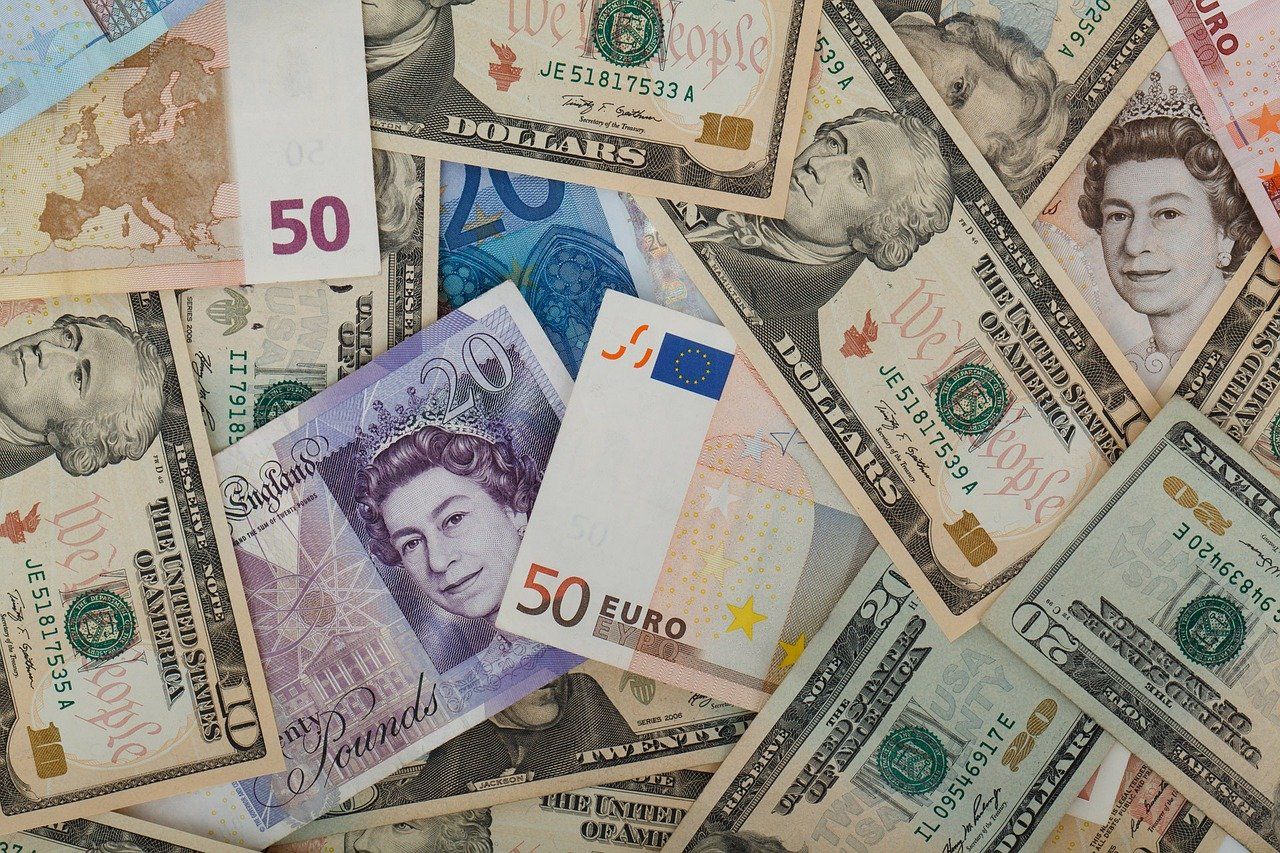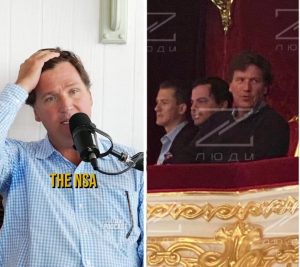The exchange rate between the euro (EUR) and the US dollar has reached parity for the first time in 20 years, meaning the two currencies are worth the same.
The euro touched $1 on Tuesday, down around 12% since the start of the year amid fears of recession on the continent abound, worsened by high inflation and energy supply disruptions caused by the Russia-Ukraine war.
The unusual event is a boon for US tourists in Europe, but not so positive for European visitors in the US.
Also Read | Joe Biden’s trip to the Middle East: 6 things to look out for
The European Union, which received nearly 40% of its gas through Russian pipelines before the war, is trying to reduce its dependence on Russian oil and gas. At the same time, Russia has reduced gas supplies to some EU nations and recently cut the flow in the Nord Stream by 60%.
For the last 10 days, this critical piece of gas import infrastructure in Europe has been shut down for scheduled maintenance. German officials are concerned that it may not be turned on again.
Also Read | Explained: Why has RBI allowed international trade settlement in Rupee
The energy crisis comes amid an economic slowdown, which has raised doubts that whether the European Central Bank (ECB) can adequately tighten policy to control inflation. The ECB said that it will raise interest rates this month for the first time since 2011, as the eurozone inflation rate surged to 8.6%. Last week, Germany reported its first trade deficit in goods since 1991 as the oil prices and supply chain disruptions significantly increased the prices of imports.
“Given the nature of Germany’s exports which are commodity-price sensitive, it remains hard to imagine that the trade balance could improve significantly from here in the next few months given the expected slowdown in the eurozone economy,” Saxo Bank foreign exchange strategists said in a recent note.
Also Read | Eighth January 6 committee hearing may be rescheduled: Report
According to some analysts, a series of aggressive interest rate hikes by central banks, along with slowing economic growth will put pressure on the euro while investors will shift to the US dollar as a safe heaven.
The US Federal Reserve is well ahead of Europe on tightening monetary policy, having increased interest rates by 75 percentage points. It also hinted toward further increases this month.
Also Read | Twitter denies Elon Musk claims of deal obligation breaches
Deutsche Global Head of FX Research George Saravelos warned that this safe heaven retreat into the US dollar could become even more extreme if the US and Europe enter a recession.
A situation where the euro is trading below the US dollar at a range of $0.95 to $0.97 could “well be reached if both Europe and the US find themselves slip-sliding into a (deeper) recession in Q3 while the Fed is still hiking rates,” wrote Saravelos in a note last week.
Also Read | How to survive a market crash
While that’s good news for Americans planning to visit Europe this summer, it could be bad news for global economic stability.







